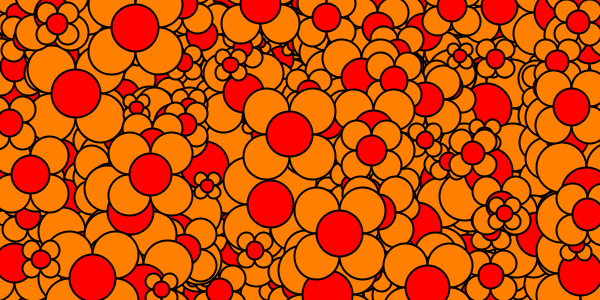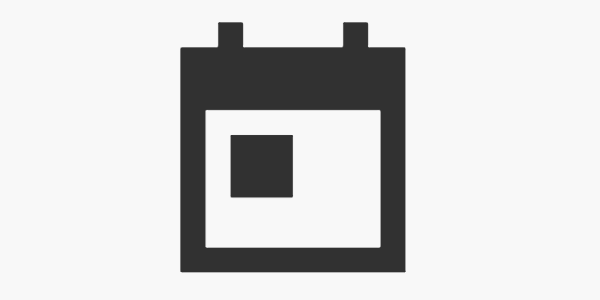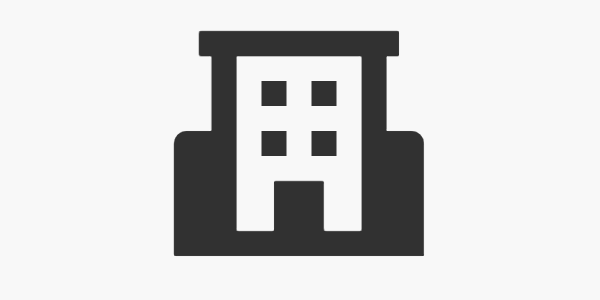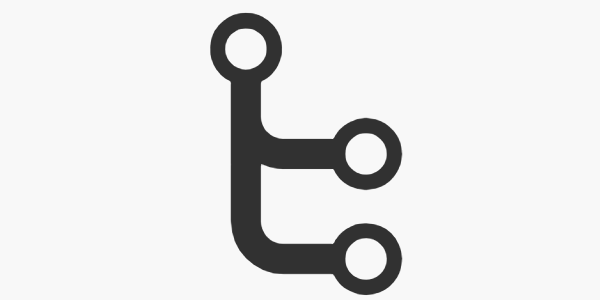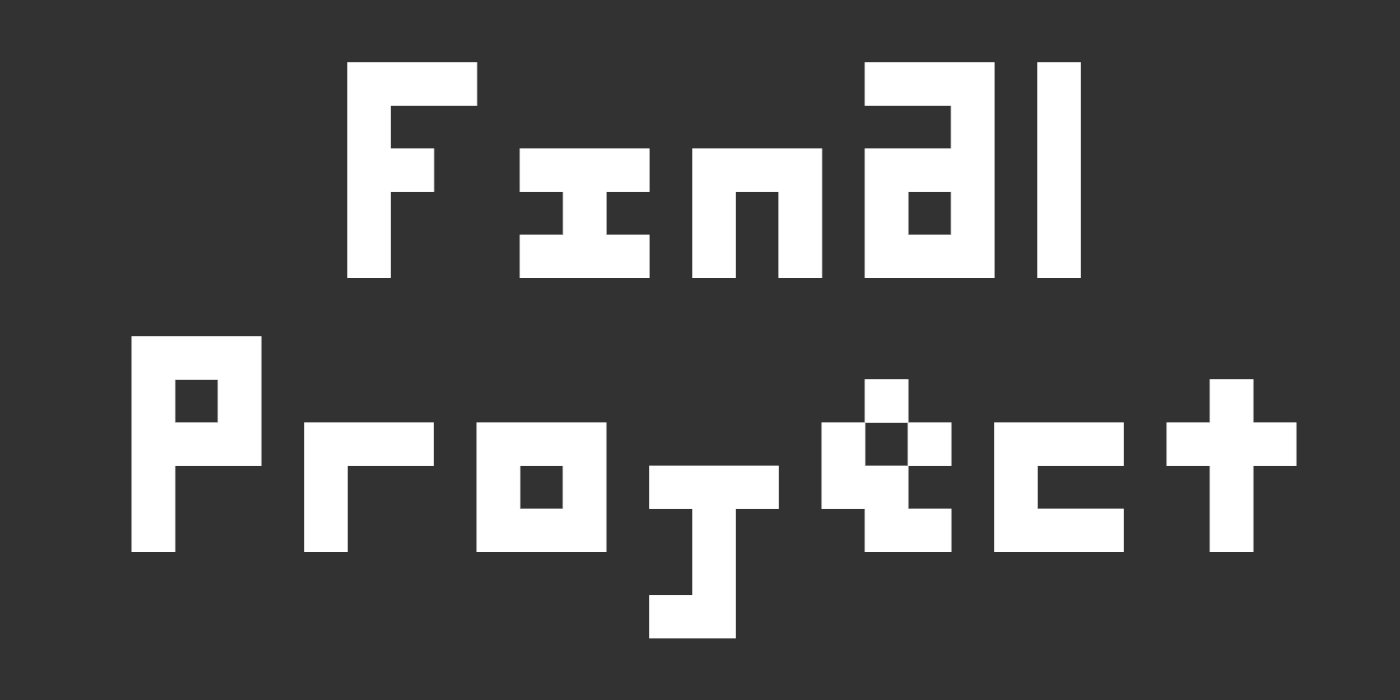Final Project
Congratulations, you’ve reached the end of Intro to Creative Web Development!
You’ve learned a ton in the past few weeks. You learned p5.js, calling functions, variables, if statements, animation, input, HTML tags, CSS selectors, CSS rules, flexbox, JavaScript, DOM manipulation, event callbacks, and libraries like Bootstrap.
Take a second to pat yourself on the back. That’s a lot!
To practice all of that, we’ll close out the course with a final project.
Ideas
The real power of coding comes from being able to create anything you want, so rather than tell you what to build, I encourage you to create something that’s personally meaningful to you.
That could be a personal homepage, or it could be a portfolio webpage showcasing your art, or it could be a data visualization for a cause you believe in.
Here are a couple ideas to get you thinking, organized roughly by complexity.
Mild:
- Create a personal homepage that links to your social media pages
- Show a grid of pictures you’ve taken
- Show different greetings depending on what time of day or year it is, or what the user tells you their name is
Medium:
- Create an interactive choose-your-own adventure game
- Code Pong in p5.js
- Use the Google Maps JavaScript library to show a list of your favorite places. See the Google Maps tutorial and the Washington DC Tour Map example for more info.
Spicy:
- Make a Wordle clone. Start simple!
- Make a game like Flappy Bird
- Start your own blog using GitHub Pages.
For more inspiration, check out these resources:
- CodePen Challenges gives a different challenge every week. This is a great way to play with web development!
- Genuary is an event that gives you a different procedural generation prompt every day in January. This is a great way to play with p5.js!
- The Coding Train has a ton of videos, including a programming with p5.js video series that has tons of ideas about what you can do with p5.js.
Grades
I want you to focus on stretching your web development muscles and building something that’s personally meaningful to you, rather than worrying too much about jumping through hoops for grades.
With that in mind, projects will be worth 50 points, but you can choose any combination from below to get to 50:
- 5 points: HTML tags
- If you’re using p5.js, add at least one new HTML tag to the
index.htmlfile! - If you’re using Bootstrap, add at least one style on top of Bootstrap’s styling.
- If you’re using p5.js, add at least one new HTML tag to the
- 5 points: CSS
- If you’re using p5.js, add at least one style for the HTML you added.
- 5 points: An event callback (like
onclickoronload) or p5.jssetup()anddraw()functions. - 10 points: Animation
- 10 points: Input
- This can be in p5.js, or in vanilla JavaScript by getting an input element’s value.
- 10 points: Bootstrap component
- 15 points: If statements
- 15 points: DOM manipulation
- 15 points: Bootstrap grid
- 15 points: Flexbox
- 40 points: JavaScript library (not counting p5.js, Bootstrap, or Sweet Alert)
- This is worth so much because there are a ton of JavaScript libraries out there, and each one is different, so I didn’t want to limit you too much.
- Note that loading a JavaScript library doesn’t count unless you use it!
Example p5.js project - Barking Dog
I use the p5.js editor to create a new sketch. I add an <h1> element to the index.html file to give my sketch a title, and I add a <p> element to index.html to add a description. I style both of those in the style.css file. I call functions to draw a dog, and I use if(mousePressed) to draw the dog barking when the user presses the mouse.
Example Bootstrap project: Professional Portfolio
I use Replit to create a new HTML project. I load Bootstrap’s JavaScript and CSS files. I use Bootstrap grid to lay out a page that shows a gallery of some final projects I’ve worked on in other classes. I add a Bootstrap carousel component to show some of my favorite projects. I add my own CSS to change the font. I add an input element for the user to enter their email address to contact me. When the user enters their email and clicks submit, for now I just show an alert box. After this class, I’ll investigate actually sending the email address to myself.
Example HTML project: Contact Page
I use Replit to create a new HTML project. I create links to my Twitter, Instagram, and LinkedIn profiles, and I add CSS to give each link a different color and font. I lay them out using flexbox. Then I add JavaScript that gets the current time of day, and then I use an if statement to check that time and then add what I’m probably doing right now to the page.
Example Library project: Restaurant Map
I use Replit to create a new HTML project. I load the Google Maps JavaScript library, and I get my API key working so my map shows. Then I write JavaScript that adds five markers to the map, one for each of my favorite restaurants.


